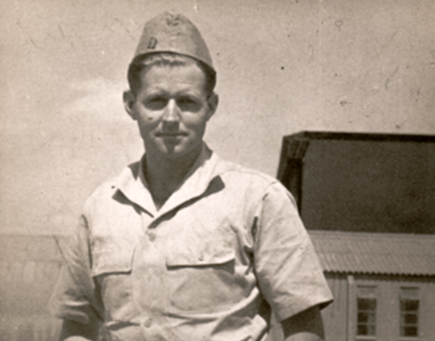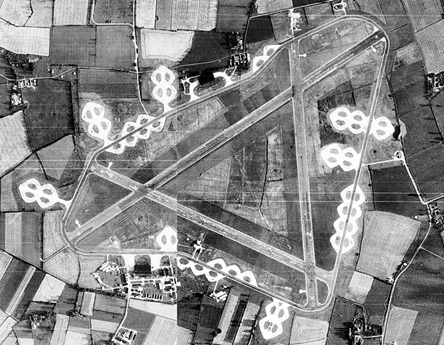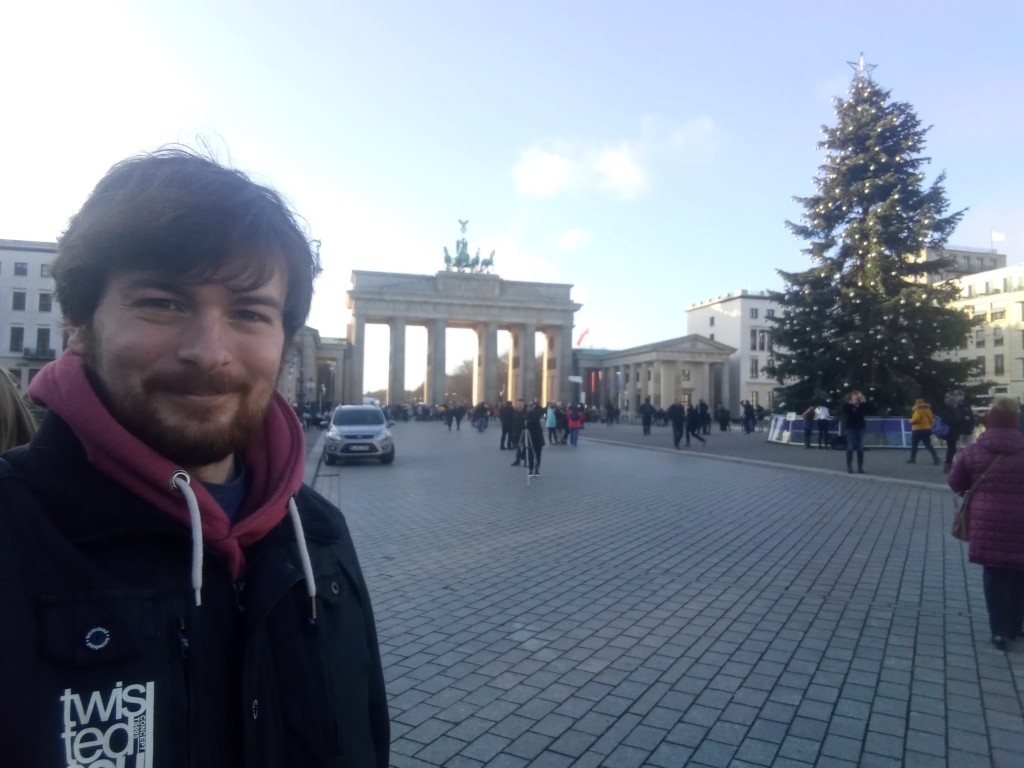by Henry Palmer
During the Second World War, there were over thirty airbases located in Norfolk occupied by the US Eighth Air Force and a variety of Royal Air Force (RAF) units. These airbases were fulfilling different missions in the fight against Axis Powers. One of the most top-secret bases of the war was located just outside Fersfield, a village consisting of farm buildings, a church, and a tiny population. It was here that the brother of a future president lost his life while the RAF launched missions to help their covert intelligence operations in Europe.

I have moved house several times in my life but my childhood home was located on Bates Lane, just outside of Fersfield. I spent over a decade there and I fondly remember walking my dogs on rural paths or cycling with my siblings across the country roads. Next to my home sat a black and white sign noting an airfield from which no aircraft took off or landed. The site was named ‘Winfarthing’ when it was assigned to the Eighth Air Force in 1942, but it was renamed Fersfield after the local village during its construction from 1943 to 1944. The airfield was opened in July 1944 with a main runway measuring 6000ft and two secondary runways of 4200ft along with accommodation for about 2,000 personnel in Nissen huts (the half cylinder buildings pictured below) and an operations block besides two T-2 hangars. There are still Nissen huts and blocks located on the roads leading to the airfield 76 years after its closure.

Originally, RAF Fersfield was a satellite of Knettishall, so Fersfield’s runways were constructed to Class A bomber specifications. These runways would turn out to be ideal for one of its top-secret missions. The airfield was occupied by the 388th Bombardment Group (Heavy) for a joint United States America Air Force/United States Navy project called ‘Aphrodite’, ‘Batty’, and ‘Anvil’. The projects were the allied response to the Axis forces use of V-1 rockets. The aim of the project was to create remote control Boeing B-17 Flying Fortresses and Consolidated B-24 Liberators packed with explosives that would crash into V-1 launch stations and submarine pens. The projects did not last long into 1945 when the missions were moved away from Fersfield.

One of the most famous missions that was launched from Fersfield involved Lt Joseph Kennedy, the elder brother of future US President John F Kennedy. Early on the 12th August 1944, a remote-controlled Liberator took off from Fersfield, piloted by Kennedy with the goal of destroying a V-1 site at Mimoyecques, France. After setting the aircraft on a heading over Southwold, Kennedy radioed to confirm the arming of the explosives on board before the aircraft tragically exploded prematurely at 2000 feet causing wreckage to fall over Suffolk. Despite this loss, missions continued to be launched from Fersfield until all equipment and personnel were moved, returning the airfield to the RAF in December 1944.

During mid-March 1945, 18 Mosquito fighter-bombers were moved to Fersfield for a special mission to destroy the Gestapo headquarters in Copenhagen, Denmark. On the 20th of March the Mosquitos launched and successfully set the headquarters on fire, destroying the records of Danish resistance workers before they could be captured. However, in one of the bombing runs an aircraft flew too low, hitting a bridge before crashing into a school. The wreckage was then mistakenly bombed when the following aircraft mistook the burning school for the Gestapo headquarters. A contribution of £20,000 was given to the Danish Royal Family in August 1945 by the UK Government to help civilians injured in this and two other Mosquito raids.
The airfield ceased action in 1946, with the buildings being passed on for agricultural use. The hangers are now used to hold civilian equipment, and the runways have fallen into disrepair, but the current owner was friendly enough to allow my family to cycle on the runways. Despite the continued presence of military installations and the history of the missions flown from and to Fersfield, there is unfortunately no memorial to date and the airfield has faded into a forgotten part of history.
About the author

Henry is a master’s degree graduate looking for work in museums and other historical collections, while working as a Library Assistant at the Norfolk Heritage Centre. Henry’s main focus is on social, cultural and military history and how these intertwine. His main interest is the use of personal accounts and oral history in the exploration of the past. Currently located just ouside Norwich City in Norfolk, a county he has lived in since he was six years old. He has been interested in history since his first high-school trip to the Norwich Castle Museum to learn about Roman and Celtic conflict in the area.
Leave a comment